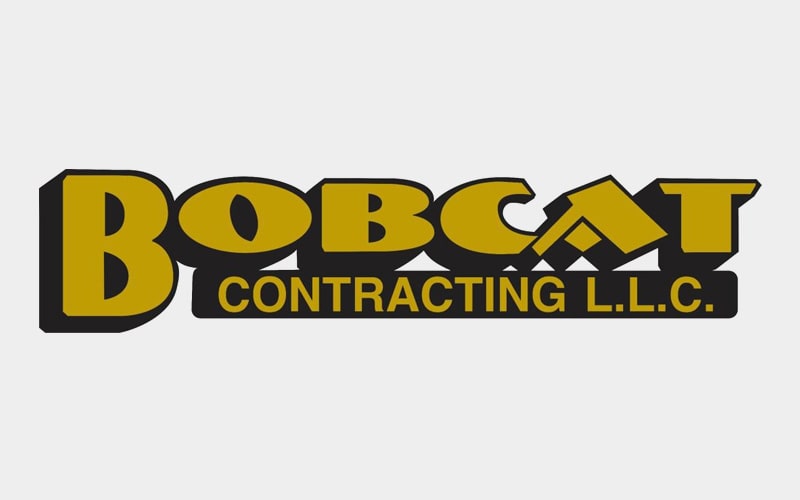
One of the most common uses for crane and rigging services in Houston is to help contractors move important building materials from point A to point B. For this reason, any crane operator will need to be aware of precisely how cranes function, their load limits, and other factors. As one of the Houston area’s premier crane operators, Bobcat Contracting has collected some insight into the crane and rigging process, as well as a few safety tips.
Crane and rigging process
Always Know Your Rental Company
One of the first safety tips when it comes to crane and rigging services is to hire a reputable rental company. Any company you hire should ensure that the crane has been properly maintained and constructed. Don’t be afraid to get your property or construction manager to request documentation stating specifically that the crane has undergone all the essential inspection and maintenance requirements.
Proper Setup & Installation
After checking that your crane has been properly maintained, it’s time to set it up and get to work. If using or renting a mobile crane truck, it’s important to make certain that it has all the proper supports and won’t tip. These supports, called outriggers, should be placed upon a hard, flat surface to prevent any mishaps.
Choose the Proper Rigging Method
This is where having some professional expertise can really come in handy. Depending on the application, your crane will require a specific rigging method to make the job go as efficiently as possible.
Here are a few different sling and hitch combinations:
- Basket Hitching: This hitching/rigging method is employed to minimize load tension and is created by securing each end of the sling to the crane’s hook. It often works best for easily balanced objects.
- Choker Hitching: This method employs a sling that’s wrapped and tightened around an object. Used for larger objects of more difficult size and shape to move, choker hitching is often employed by cranes to lift large cylinders and other construction materials.
- Vertical Hitching: Vertical hitching is the least used rigging method because it can often cause an object to spin and rotate when being lifted. With vertical hitching, one end of the sling is tied to the crane and the other to the object being lifted; however, it is often used sparingly in construction applications.
Let Bobcat Contracting handle your crane and rigging needs!
If you’re working on a project that requires moving large objects and building materials from place to place, contact Bobcat Contracting today. Our crane operators are fully licensed and insured and provide excellent service.
Visit us online for more information or call (254) 582-0205.
